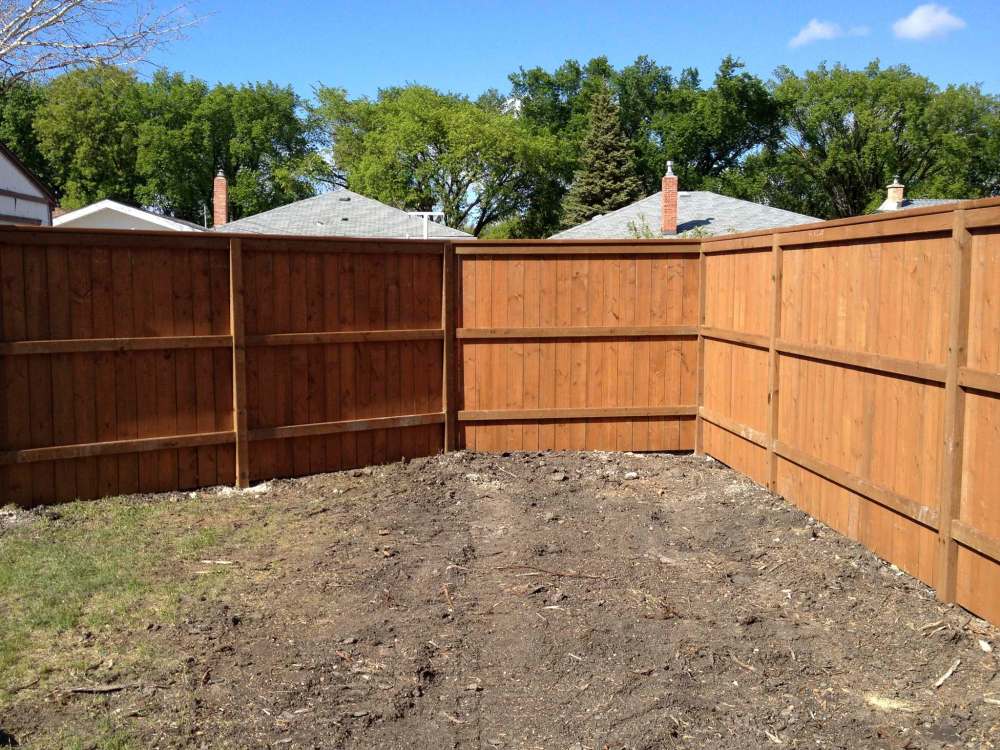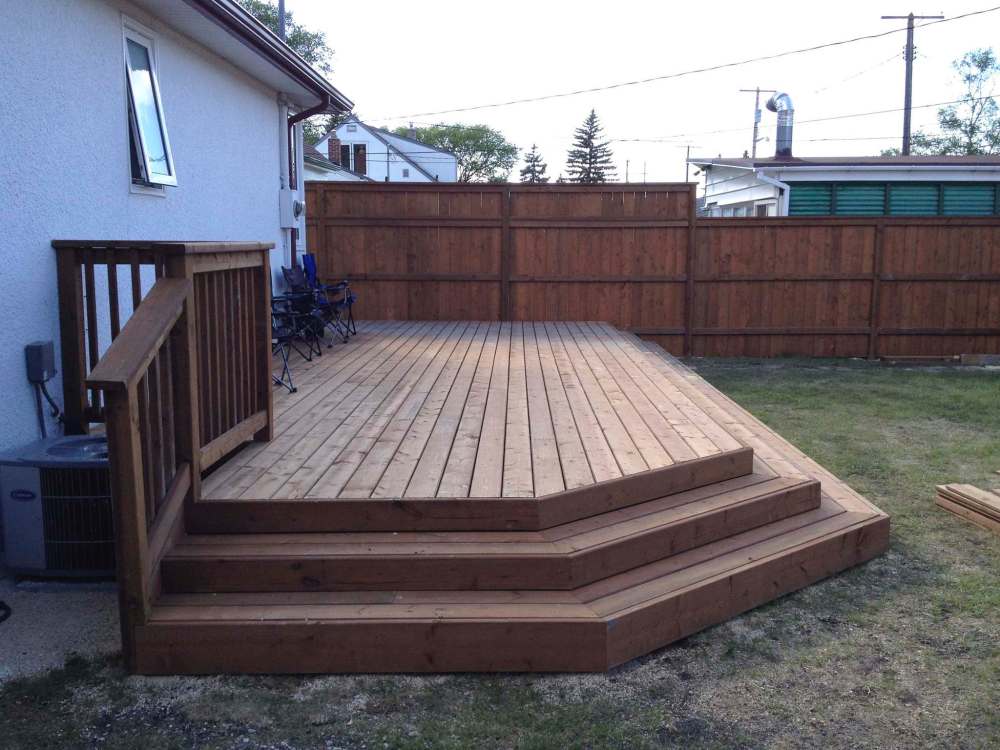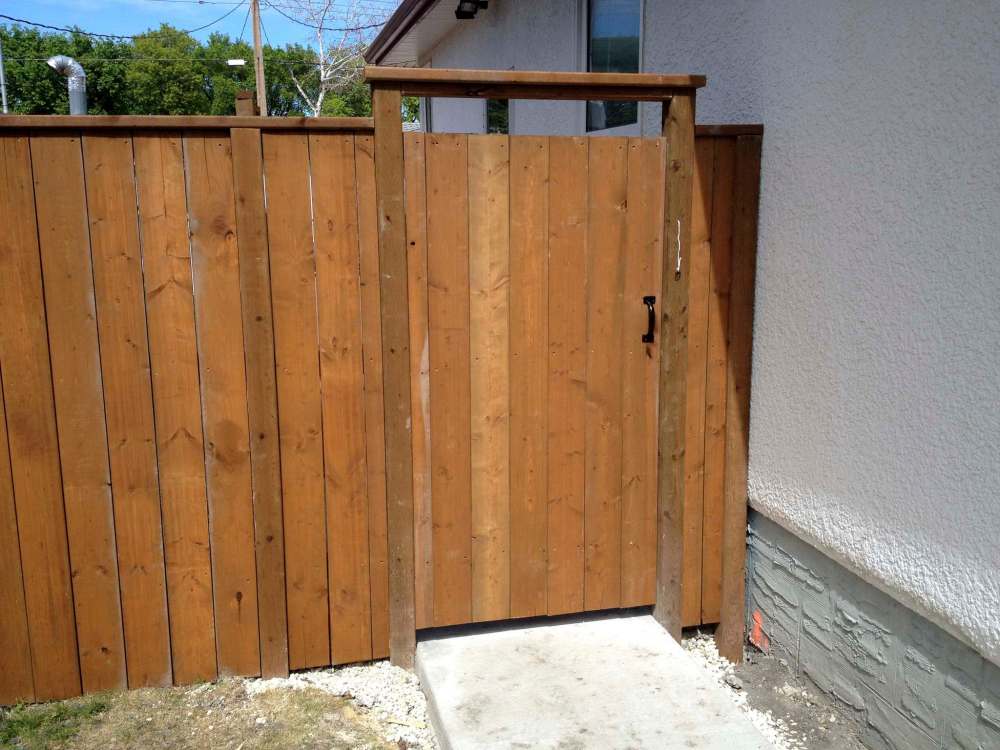This fencing project had an interesting twist
Advertisement
Read this article for free:
or
Already have an account? Log in here »
To continue reading, please subscribe:
Monthly Digital Subscription
$0 for the first 4 weeks*
- Enjoy unlimited reading on winnipegfreepress.com
- Read the E-Edition, our digital replica newspaper
- Access News Break, our award-winning app
- Play interactive puzzles
*No charge for 4 weeks then price increases to the regular rate of $19.00 plus GST every four weeks. Offer available to new and qualified returning subscribers only. Cancel any time.
Monthly Digital Subscription
$4.75/week*
- Enjoy unlimited reading on winnipegfreepress.com
- Read the E-Edition, our digital replica newspaper
- Access News Break, our award-winning app
- Play interactive puzzles
*Billed as $19 plus GST every four weeks. Cancel any time.
To continue reading, please subscribe:
Add Free Press access to your Brandon Sun subscription for only an additional
$1 for the first 4 weeks*
*Your next subscription payment will increase by $1.00 and you will be charged $16.99 plus GST for four weeks. After four weeks, your payment will increase to $23.99 plus GST every four weeks.
Read unlimited articles for free today:
or
Already have an account? Log in here »
Hey there, time traveller!
This article was published 08/04/2017 (3134 days ago), so information in it may no longer be current.
Fencing isn’t something I tackle very often. Although design aspects of any project are very enjoyable, the prospect of having to rent a hand-held auger just to prep post holes, tends to shy me away from fencing projects. And in all honesty, companies that specialize in fencing run like well-oiled machines; they have the necessary equipment and crews to expedite the tasks. However, when a fence project is coupled with a deck build, it becomes alluring to me. That’s a combined entity that requires design symmetry… That’s the stuff that gets my creative juices flowing.
A colleague of mine from the road safety industry a few years ago, Preston Shaman, called me to his house in the spring of 2015 for consultation. Preston had been focusing his energy on finishing the interior of his house. Now that spring had sprung, he had decided to pursue his exterior goal. He wanted a backyard deck that wrapped around to the side door, which would also serve as a porch). He also wanted a fence to surround his oddly shaped yard, somewhat of a parallelogram.
Preston was adamant that he did not want railings on most of his deck. So a brown pressure-treated deck with wrap-around stairs was suggested. Only a short railing was needed to encase the area near his A/C unit, on the far side of his house. The stairs continue through to the proposed fence line on the opposite side of his yard, and allow easy access to the deck from anywhere in the yard. Due to an elevation difference at the side door, the deck lowers by one step to the porch tier. From there, the porch leads you past the side door, onto a few stairs down to the newly poured concrete walkway.

Normally, a deck adjacent a fence is designed based on an existing fence-line. In this case, however, the deck was built before the fence. There were trees that needed to be extracted before the post holes could be dug. So, while waiting for the tree removal guys to show up and in an effort to stay on schedule, the deck was tackled in its entirety prior to any of the fencing tasks. This required a full day of marking the yard with biodegradable spray paint, because it was imperative that the deck edge end EXACTLY where it would meet the fence-line.
My disdain for digging post holes had been voiced from the onset. Preston elected to rent Bobcat equipment with an auger bit, and took on the hole-digging himself (based on the markings in the yard). Posts are placed at every eight feet, with six-foot one-by-six planks fastened vertically to the top, middle, and lower horizontal cross supports between every post. A cap rail finishes the upper end of the fence boards along the entire perimeter. Although it’s a simple fence design, it’s esthetics complement the new deck.
Although six-foot fence boards were used throughout, the area adjacent to the deck made the fence seem much shorter, because the deck itself was two feet off the ground. To compensate for this elevation discrepancy, I suggested a tiered privacy wall whereby the top of the fence systematically got higher when it encountered the deck. It was just a matter of using longer posts in these areas and expanding upward upon the existing design to maintain design continuity.
Finally, we installed gates on both sides of the house for access from the front, and one gate near the garage allows access from the driveway at the back lane. The gate design mimics the look of the fence, from both interior and the exterior views. In order to keep these gates rigid, we bought gate kits. These kits provide angle iron brackets which maintain a square, despite the forces exerted on the hinges over time by the weight of the gates themselves.
Preston’s entire yard achieves a very cohesive appearance by building his deck and fence out of the same materials.

“Adding a tall fence and a wrap-around deck gives my yard a refreshed, clean look,” he says. “The height of the fence adds much desired privacy to the yard and a more inviting, comfortable, space to enjoy. It actually feels like we added square footage to our house.”
I often passed on requests for fence-building that have come my way in the past. Projects such as Preston’s deck and fence combo, however, have made me rethink my stance on fences. It wasn’t all that bad, digging those holes. The Bobcat with the auger bit far exceeded my expectations in speed and accuracy, proving once and for all that a hand-held auger is not optimal when digging multiple post holes. I learned my lesson: fences aren’t so bad.
And who knows? Maybe it’s time to invest in a new toy (equipment, I mean).
BossEnterprise@outlook.com





